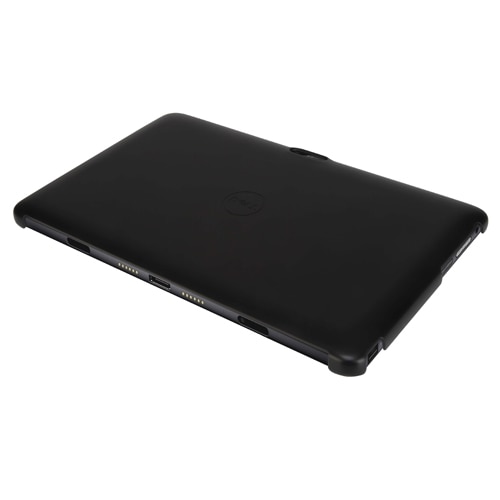Desktops can be made better in many ways.
Some of my thoughts:
For me form factor and heat / noise are becoming bigger issues. I can't really stand anything larger than ITX form factors but even most ITX cases are still too large or poorly designed. There's really no need (other than available RAM slots or multi GPU) for anything bigger than ITX. Everything integrated is good enough now. Heat and noise can be an issue with ITX but with clever hardware choices this can be mitigated dramatically.
I think we need new and smarter form factors to allow for more efficient cooling and much smaller cases. No the Intel NUC or Gigabyte Brix isn't what I want, they're too limiting.
Some of the new smartphone designs that allow you to swap out components, i.e modular smart phones have the right idea and the desktop should follow this model more closely.
https://en.wikipedia.org/wiki/Modular_smartphone
I think desktop PC's should be more like that where there is very little wasted space but is still upgradeable if need be. Tight integration of components is key and now that we have HBM and components with MXM modules we should be able to design a truly pluggable and portable motherboard / case.
For really high powered devices like 150 W+ graphic cards you could even sacrifice some of the design with external radiator / water cooling but make this modular.
The traditional desktop is just outdated in design, they're extremely wasteful space wise and inefficient. Look inside almost any modern PC case and there's so many bad design choices for today's hardware.
Why the hell do we need 4-5 - 5 1/4 inch drive bays? Who uses DVD-ROM's any more? Why are memory sticks vertically aligned with heatspreaders inches in height limiting cooling choices? Why can't memory be horizontally aligned on the backside of the motherboard with easy access ports? Why do motherboard manufacturers still have on-board headers removing valuable space and instead outfitting them with legacy devices like serial and parallel ports, AC-97 audio headers or 3X USB 2.0 headers? Why do we need ATX power supplies when we can fit 600+ gold rated power supplies into much smaller form factors?
Anyways I think you get the point. The only reason desktops are still around is not because they're cheaper than laptops or last longer, it's because they're customizable and *upgradeable*.
But we need better form factors, basically smarter and more efficient designs that still offer the ability to upgrade. I'm tired of the traditional desktop. No one wants gigantic loud computer cases that looks like a drunk Autobot threw up some spare parts.
Elegance is key.



